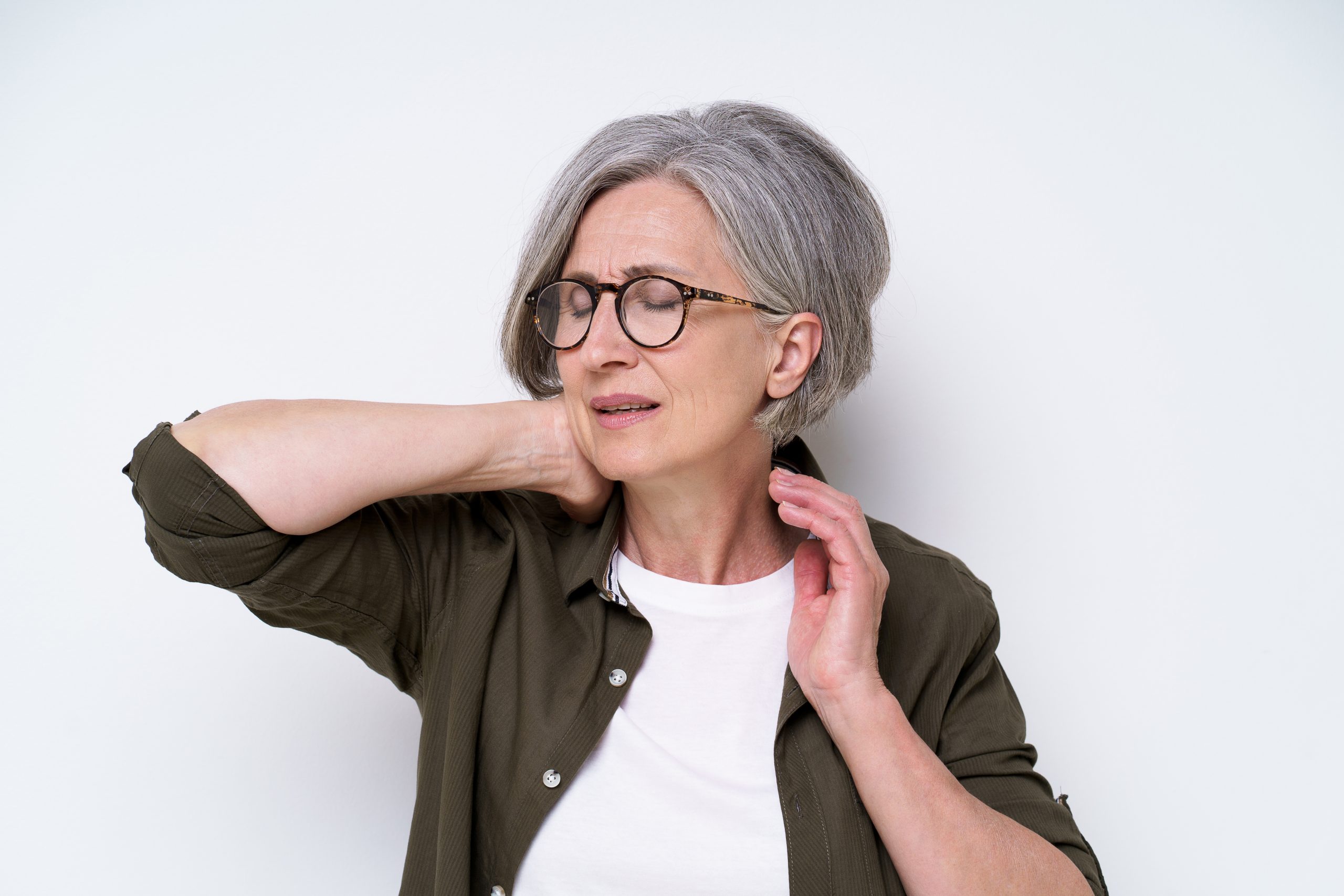Spinal Stenosis
As we age and place more stress on our bodies, we can suffer more frequently from severe back pain. Left untreated, you can develop spinal stenosis.
Spinal stenosis happens when the space inside the backbone is too small and puts pressure on the spinal cord and nerve roots that travel through the spine.
Since the spinal cord is a bundle of nerves that comes out of the base of the brain and runs down the center of the spine, spinal stenosis occurs most often in the lower back and the neck.
While pain can come on strong, if it doesn’t stop within a couple of hours or days, it can lead to long-term problems. So, do not ignore it especially if the pain has continued for more than a week or two, or if it is severe enough to disrupt daily activities.
Be proactive! Come in and see one of our physical therapists to know for sure and obtain proper treatment.

Contact Us
Signs & Symptoms
Spinal stenosis is triggered or caused by
- Bone spurs
Wear-and-tear damage from arthritis can cause extra bone to grow on the spine.. - Herniated discs
- Thick ligaments
- Tumors
- Spinal injuries
Warning signs or symptoms may include:
- Difficulty or poor balance when walking.
- Worsening numbness and weakness of your limb.
- Problems controlling urine or bowel movements.
- Problems urinating or having a bowel movement.
How Physical Therapy Can Help
Vita’s team of highly trained and qualified therapists can help diagnose the condition, identify other contributing variables and provide hands-on treatment as well as develop individualized exercise programs to help alleviate your arthritis pain and get you back to living life. A physical therapy program for knee arthritis typically includes:
- Immediately employ RICE therapy (Rest, Ice, Compression, Elevation) and take anti-inflammatory over-the-counter pain medication upon checking with your primary care doctor or us.
- Soft tissue mobilization
- TENS stimulation with ice and/or heat to loosen up the affected area
- Joint mobilization
- Proprioceptive training
- Dry Needling and kinesio taping to help manage pain
- Walking is a good exercise for spinal stenosis
It’s low impact, and you control the pace and distance. If you can walk without symptoms, incorporate this activity into your routine as ongoing treatment and preventative measure/
